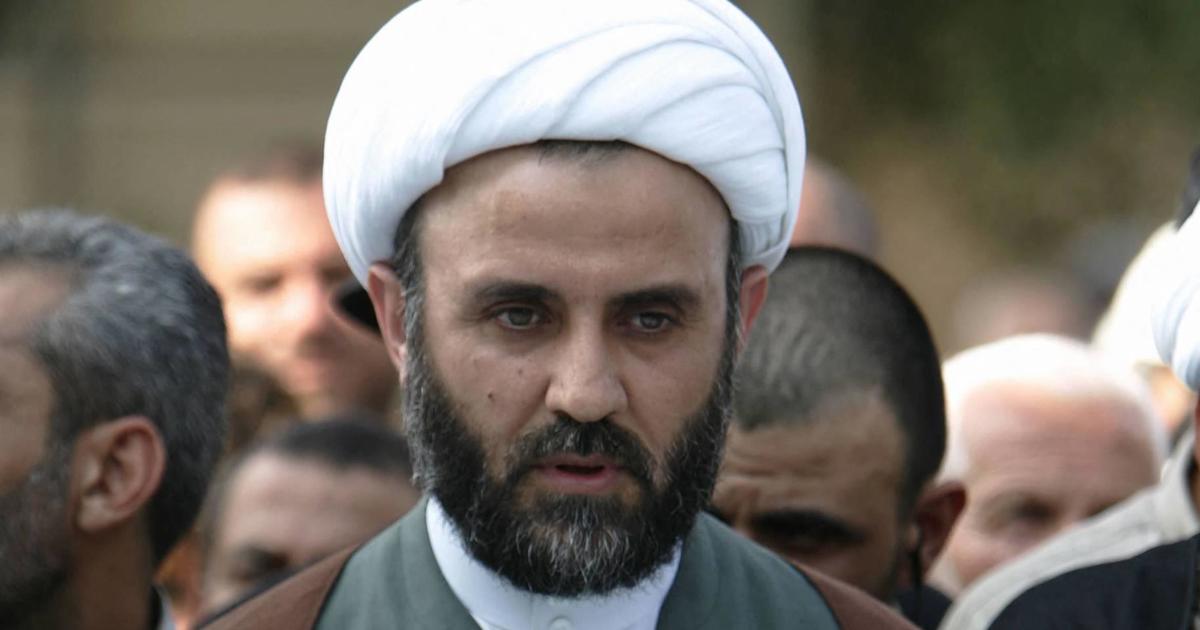The recent escalation of violence in the Middle East, sparked by Hamas’s attack on Israel, has brought a significant and dangerous dimension to the conflict: the direct targeting of high-ranking Hezbollah leaders by Israeli airstrikes. While the conflict in Gaza is undoubtedly a critical point of contention, the growing involvement of Hezbollah and its allies threatens to engulf the entire region in a wider war.
The Rise of Tensions and Hezbollah’s Involvement
The Stakes Rise Higher
Hezbollah, a Lebanese Shia political and militant group closely allied with Iran, has played a crucial role in the escalation of tensions. Their involvement in the conflict has moved the situation beyond a mere fight between Israel and Hamas. Since the initial Hamas attack on Israel on October 7th, Hezbollah has retaliated by firing rockets, missiles, and drones into northern Israel. While this initially presented a more localized aspect of the conflict, the direct targeting of Hezbollah leaders has fundamentally altered the narrative.
Targeted Strikes: A Shift in Strategy
Israel’s decision to eliminate key figures within Hezbollah signals a shift in its strategic approach. The focus is no longer solely on deterring further attacks or limiting damage, but instead on dismantling Hezbollah’s leadership structure. By eliminating individuals who are critical to the organization’s operations, Israel aims to cripple Hezbollah’s capacity for future actions and inflict a decisive blow to their capacity to mobilize and wage war.
The International Response
International Condemnation and Fear of Escalation
The international community, while largely united in condemning the Hamas attacks, has also expressed deep concern over the widening conflict. The US President Joe Biden, while stating his belief that an all-out war must be avoided, has described the death of Nasrallah, Hezbollah’s long-time leader, as a “measure of justice”. This statement, while echoing sentiments of anger towards Hezbollah’s acts of terror, has not addressed the escalating danger of direct conflict between Hezbollah and Israel.
Calls for Peace and De-escalation
The growing prospect of regional warfare has led to a multitude of calls for peace and de-escalation. Various international organizations, including the United Nations, have urged all parties involved to exercise restraint and engage in dialogue. These pleas, however, face the grim reality of a conflict where military action has already taken a devastating toll.
Impact on Lebanon
Internal Displacement and Suffering
The escalation of hostilities has inflicted a heavy toll on Lebanon, with reports of massive displacement and civilian casualties. The Lebanese government is struggling to manage the flow of people seeking shelter from Israeli airstrikes. The displacement crisis has been exacerbated by Lebanon’s existing political instability and economic hardship.
Potential for Increased Sectarian Violence
A pressing concern is the possibility of escalating sectarian violence in Lebanon. Fears of a resurgence of religious tensions have grown amidst the turmoil, with reports of government officials and military authorities expressing anxieties about the potential for division and unrest among Lebanon’s diverse population. The precarious situation presents a significant challenge to Lebanon’s already fragile stability.
Wider Regional Implications
Iranian Backing and the “Axis of Resistance”
The broader regional implications of the escalating conflict cannot be ignored. The Israeli targeting of Hezbollah underscores the deeper geopolitical conflict at play, involving Iran and its allies. Hezbollah’s connection to the “Axis of Resistance,” a grouping of Iran-backed groups seeking to oppose Israeli influence in the region, has transformed the conflict into a struggle between Israel and Iranian-backed forces.
Potential for a Wider Regional Conflict
While there are currently no official indications of Iran’s direct involvement in the conflict, the Iranian government has issued warnings against Israel, emphasizing its support for Hezbollah and threatening retaliation for any attacks on its allies. This raises concerns about a possible escalation that could involve a broader regional war, dragging other nations into the conflict.
Takeaway Points
- The targeting of high-ranking Hezbollah leaders by Israeli airstrikes signifies a new and potentially dangerous phase in the conflict, beyond the initial focus on Gaza.
- The escalating violence has profound implications for Lebanon’s stability and has triggered concerns about internal displacement, the potential for renewed sectarian violence, and further humanitarian suffering.
- The conflict’s wider regional implications, linked to Iran’s support for Hezbollah and the “Axis of Resistance,” raise fears of an expanded conflict involving multiple nations.
- Calls for peace and de-escalation, while crucial, are facing the challenges of escalating military actions and heightened tensions between key actors.
The current situation demands an urgent and nuanced approach to resolving the conflict. It calls for careful diplomacy and an understanding of the underlying complexities that have led to this precarious state of affairs. Failure to de-escalate and address the broader concerns of the region could have catastrophic consequences for the entire Middle East.




